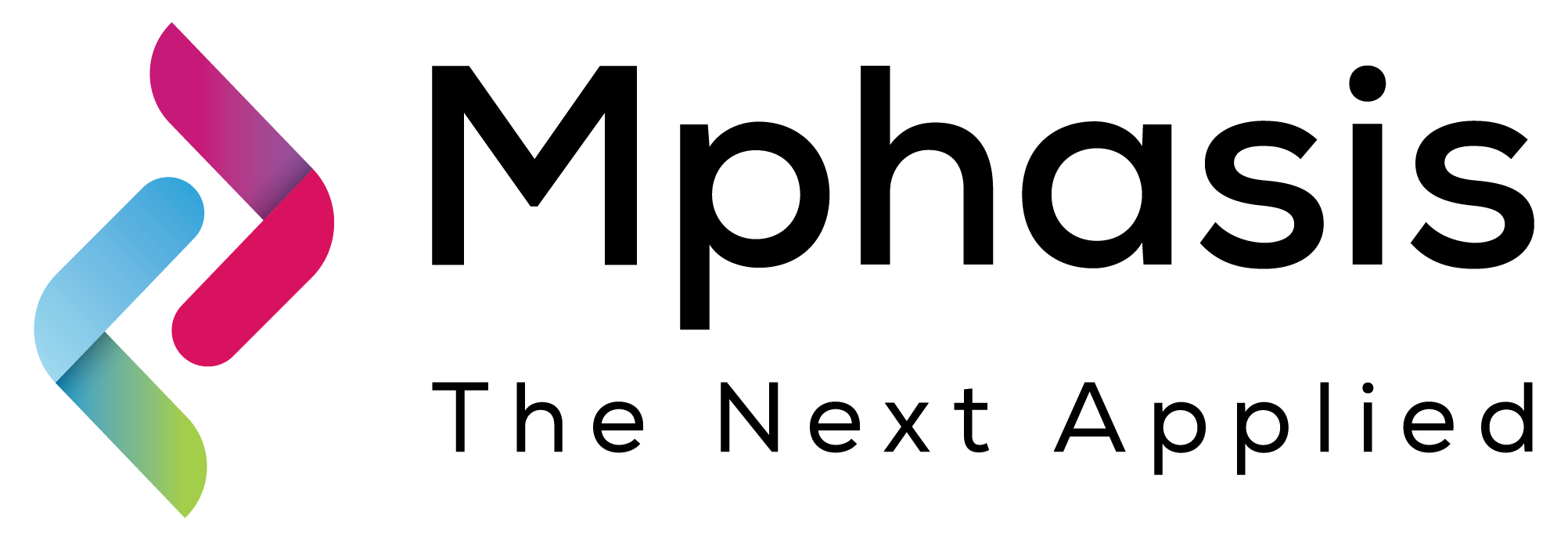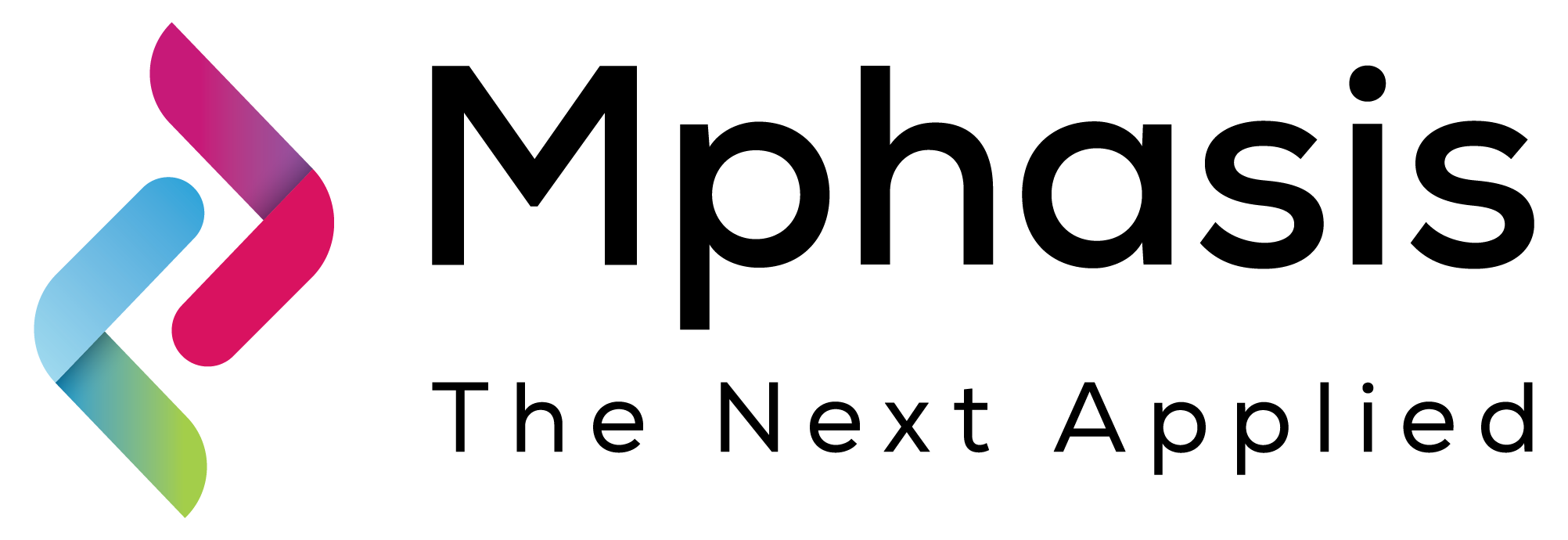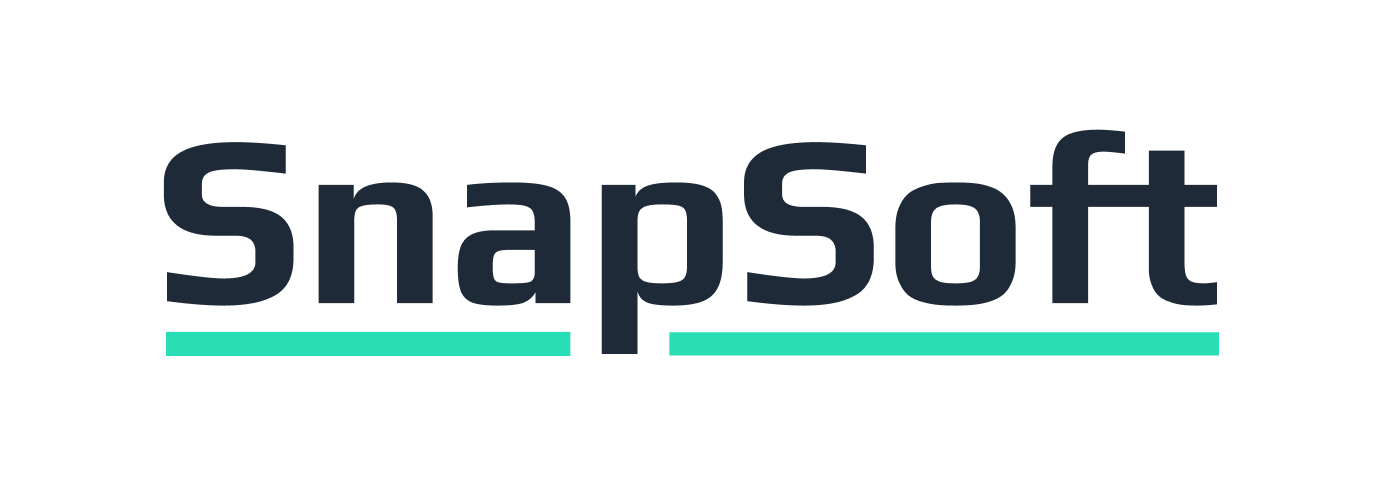
Overview
In poisoning attack, attacker designed noises- such as image objects, variables value changes, label changes- are induced to the training data to test fidelity and robustness of model training. The model trained on such adverse dataset could systematically result in model vulnerability issues. For example, in anomaly detection model the anomalous training samples are fed with backdoor object (possibly signature pattern) and modify the label to non-anomalous. This solution measures the effect of adversarial backdoor attacks during training on model robustness and performance.
Highlights
- Model Robustness is the immunity of ML model towards any intended attack to alter its performance. Poisoning attacks are intended to degrade the performance of image classifier by injecting adverse/modified data samples to training phase. This solution identifies the robustness of image classifier by performing a Black box poisoning attack. Imputing a back door- which is an attacker designed noise- to the training data samples typically results in outcome of trained model to drift to the existence of back door, leading to compromise of model security.
- The solution requires a labeled Image (original) training dataset and a pre-trained Keras model with structural information. The user can define the backdoor pattern and select the class labels and sample of original training data to impute. The Keras model is trained with imputed (attacked) data. The number of images of selected class label to perturb can be controlled by the user. The difference in accuracies of the target model over the samples with attacked class label to those samples with non-attacked class labels give the robustness of the model to poison attack.
- PACE - ML is Mphasis Framework and Methodology for end-to-end machine learning development and deployment. PACE-ML enables organizations to improve the quality & reliability of the machine learning solutions in production and helps automate, scale, and monitor them. Need customized Machine Learning and Deep Learning solutions? Get in touch!
Details
Introducing multi-product solutions
You can now purchase comprehensive solutions tailored to use cases and industries.

Features and programs
Financing for AWS Marketplace purchases

Pricing
Dimension | Description | Cost/host/hour |
|---|---|---|
ml.m5.large Inference (Batch) Recommended | Model inference on the ml.m5.large instance type, batch mode | $0.00 |
ml.m5.large Inference (Real-Time) Recommended | Model inference on the ml.m5.large instance type, real-time mode | $0.00 |
ml.m5.large Training Recommended | Algorithm training on the ml.m5.large instance type | $10.00 |
ml.m4.4xlarge Inference (Batch) | Model inference on the ml.m4.4xlarge instance type, batch mode | $0.00 |
ml.m5.4xlarge Inference (Batch) | Model inference on the ml.m5.4xlarge instance type, batch mode | $0.00 |
ml.m4.16xlarge Inference (Batch) | Model inference on the ml.m4.16xlarge instance type, batch mode | $0.00 |
ml.m5.2xlarge Inference (Batch) | Model inference on the ml.m5.2xlarge instance type, batch mode | $0.00 |
ml.p3.16xlarge Inference (Batch) | Model inference on the ml.p3.16xlarge instance type, batch mode | $0.00 |
ml.m4.2xlarge Inference (Batch) | Model inference on the ml.m4.2xlarge instance type, batch mode | $0.00 |
ml.c5.2xlarge Inference (Batch) | Model inference on the ml.c5.2xlarge instance type, batch mode | $0.00 |
Vendor refund policy
Currently we do not support refunds, but you can cancel your subscription to the service at any time.
How can we make this page better?

Legal
Vendor terms and conditions
Content disclaimer
Delivery details
Amazon SageMaker algorithm
An Amazon SageMaker algorithm is a machine learning model that requires your training data to make predictions. Use the included training algorithm to generate your unique model artifact. Then deploy the model on Amazon SageMaker for real-time inference or batch processing. Amazon SageMaker is a fully managed platform for building, training, and deploying machine learning models at scale.
Version release notes
This is the first version.
Additional details
Inputs
- Summary
The solution requires the following input files:
- “train.csv” and “test.csv” contain flattened image data (gray value).
- “model.h5” file which is the saved Keras classifier model.
- “parameters.json” file containing the some parameters given by user.
Refer Input Data Descriptions for the required format of each file.
- Limitations for input type
- input image pixel should normalised grey value of pixel between 0 and 1.
- Input MIME type
- text/csv
Input data descriptions
The following table describes supported input data fields for real-time inference and batch transform.
Field name | Description | Constraints | Required |
|---|---|---|---|
train.csv/ test.csv | 1) Exactly one column to be defined by user as “label” and should be interger from 0 onward.
2) Other columns should have flattened image pixel values (Column names can be anything) | Type: Continuous | Yes |
parameters.json | contains following key value pair:
“target class”: The class label which you want to target and perturb images of that class.
“per”: fraction of images of target class user want to perturb. This can be array of multiple value between 0 and 1.
“epoch”: number of epoch to train the model.
“batch size”: batch size to train the model.
“input img shape”: shape of input image. Eg- [28,28]
“pixel_perturb”: number of pixel user want to perturb in an image. | Type: Continuous | Yes |
Resources
Vendor resources
Support
Vendor support
For any product support you can reach out to us at:
AWS infrastructure support
AWS Support is a one-on-one, fast-response support channel that is staffed 24x7x365 with experienced and technical support engineers. The service helps customers of all sizes and technical abilities to successfully utilize the products and features provided by Amazon Web Services.
Similar products





